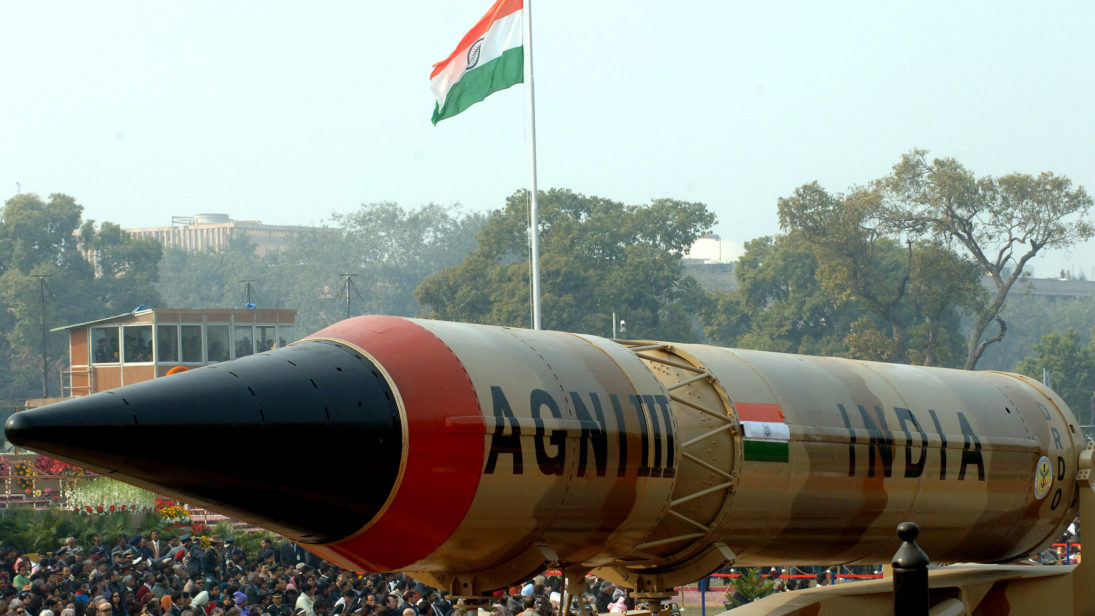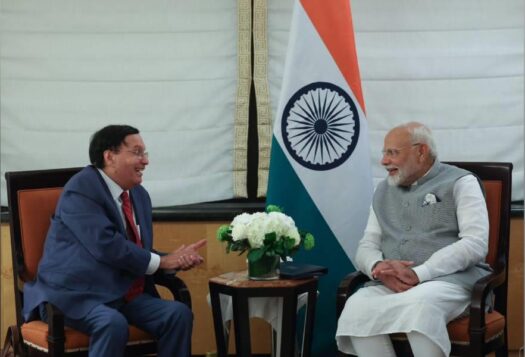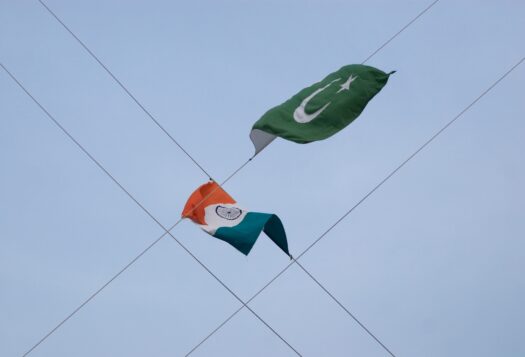
Imminent use of nuclear weapons by Pakistan will make India go first, carry out a comprehensive first strike, and take out Pakistan’s nuclear arsenal. So said an MIT scholar at a recent conference on nuclear policy. He opined that India will mount a “full comprehensive and preemptive nuclear counterforce strike” that could “completely disarm Pakistan of its nuclear weapons so that India does not engage in iterative tit-for-tat exchanges and expose its own cities to nuclear destruction.”
There are several problems with this hypothesis. Firstly, there never is any guarantee that “imminent” use of nuclear weapons is not an exercise in coercive diplomacy by the adversary. By doing preemption then, the first user would have guaranteed retaliation on oneself. Secondly, carrying out a full, comprehensive counterforce strike requires a credible first-strike-capable nuclear force. This means large numbers of nuclear-tipped missiles of very high accuracy, an early warning and intelligence capability of a very high order given the mobility of the adversary’s nuclear assets, nuclear targeting coordination, and logistics of a very high capability to obviate all chance of retaliation. The demands of such capabilities require deep pockets and a full panoply of high-end technology. India neither has nor will have spare cash of this kind in the foreseeable future. Therefore, complete disarming of Pakistan is just not possible. And if that doesn’t happen, then despite the first strike, Indian nuclear use would only have ended up exposing its cities to nuclear destruction, the very scenario Narang presupposes India would go nuclear first to avoid.
For the above reasons, moving to a first use nuclear strategy makes no sense. In a vibrant democracy, intellectual thinking and voicing of views by all—former officials as well as scholars and academics—is a constant process of churning of ideas. The purpose of each such action is to find better solutions to national security and new ideas are worth exploring. But there still appears to be no logical benefit of moving to a first use doctrine. In fact, it is for this reason that India finds Pakistan’s first use doctrine so incredible. Retaliation makes for a far more credible strategy since the first use of the weapon can never be an easy decision for any rational national leader, especially when he knows that he would end up inviting retaliation. Moreover, a first use doctrine puts the adversary on edge, exacerbating his sense of use or lose, and making him drawn to the nuclear trigger in fear of preemption. Even threatening preemption is likely to invite the same.
It was to avoid the use of nuclear weapons, or to use them for nuclear deterrence, that India acquired its nuclear capability. To go first in situations where the adversary has a secure second-strike capability would be a self-defeating proposition. And to move towards declaring such a strategy with no hope of ever being able to build such a capability would be downright dangerous. Successive Indian Prime Ministers have reinforced the Indian doctrine of no first use. Hopefully, the wisdom will continue to prevail.
***
Image: Flickr


